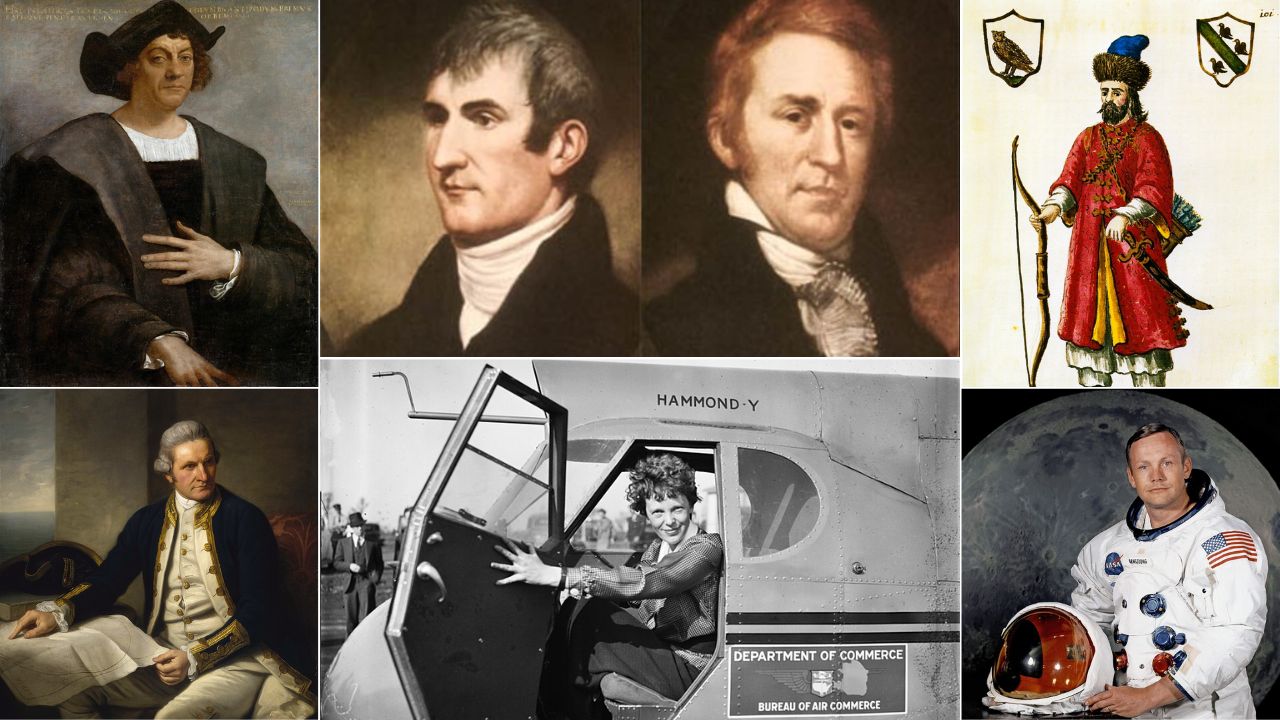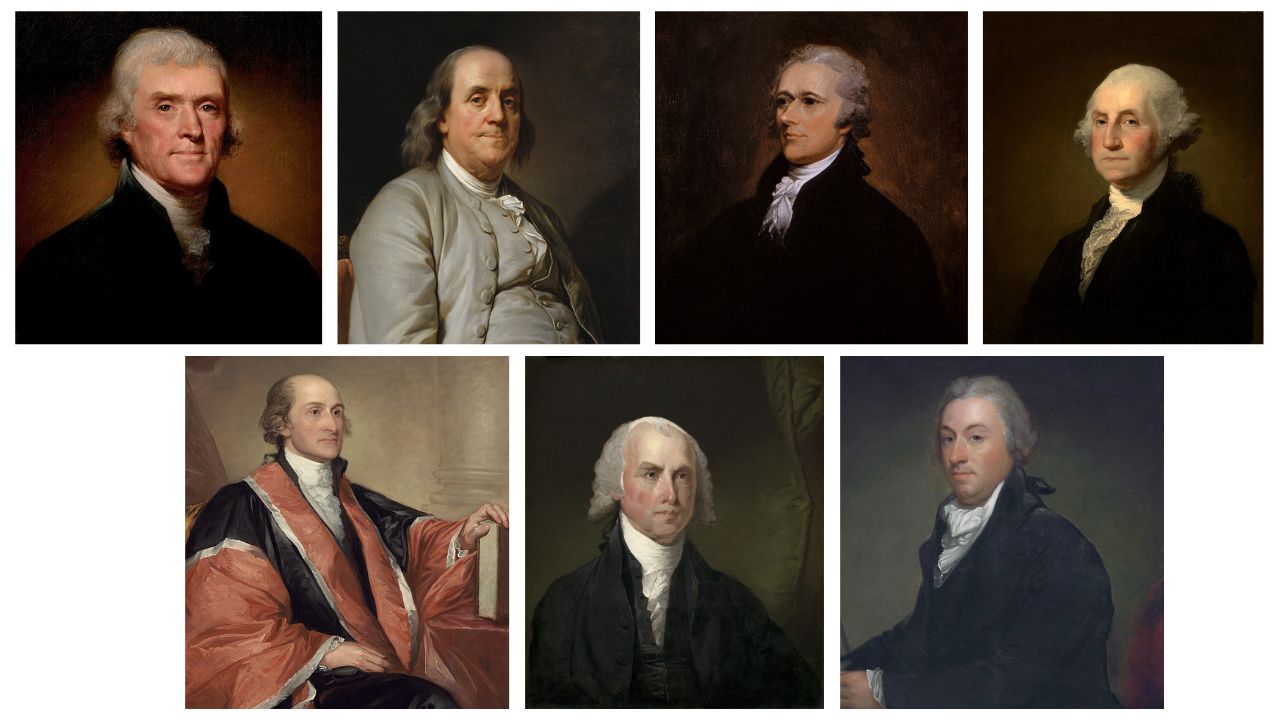Exploration shaped the story of America and the wider world. It redrew maps, pushed science forward, and connected distant cultures. Some journeys opened trade routes. Others changed how people understood land, oceans, and even space. This list highlights explorers teens in the United States should know, from canoe fleets on western rivers to ships crossing the Pacific and rockets aimed at the Moon. Their stories mix courage, teamwork, conflict, and discovery, and they still influence how we learn, travel, and protect our planet.
1. Lewis and Clark
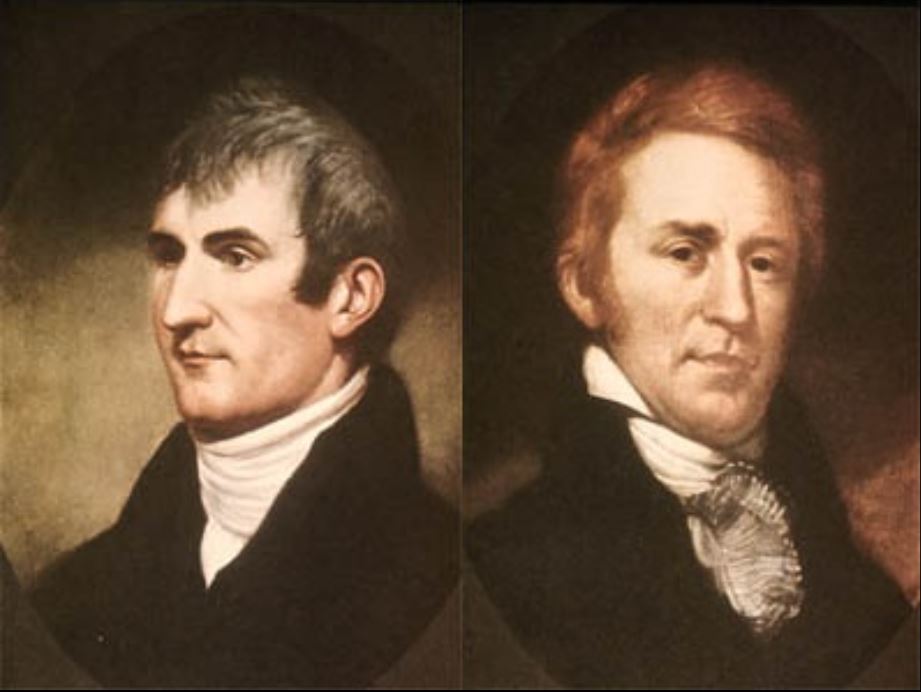
In 1804 Meriwether Lewis and William Clark led the Corps of Discovery across the newly acquired Louisiana Territory to the Pacific. Their team mapped rivers, documented wildlife, and met dozens of Native nations who shared knowledge and guided routes. The expedition showed the reach of the continent and shaped future trade and science. While celebrated for skill and grit, their journey also reminds us that expansion affected Indigenous communities. Their journals remain key sources for American history and natural science.
2. Sacagawea
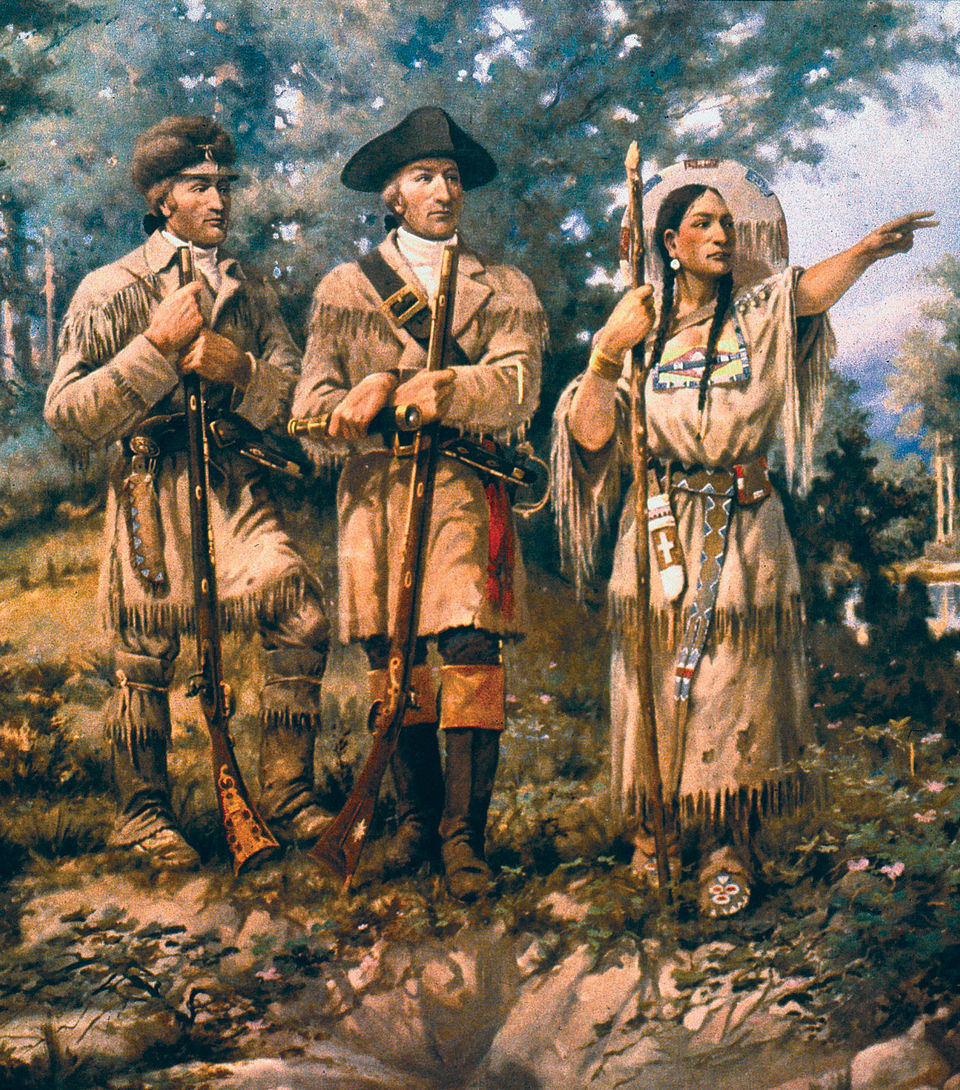
Sacagawea, a Lemhi Shoshone teen, joined the Corps of Discovery as an interpreter and guide. Traveling with her infant son, she helped the expedition navigate terrain and make contact with Native nations, including securing horses that made mountain crossings possible. Her presence signaled peaceful intent to communities they met. Though details of her life are partly uncertain, her role shows how language skills, diplomacy, and local knowledge can steer an expedition to safety. She became a lasting symbol of resilience and skill.
3. Christopher Columbus
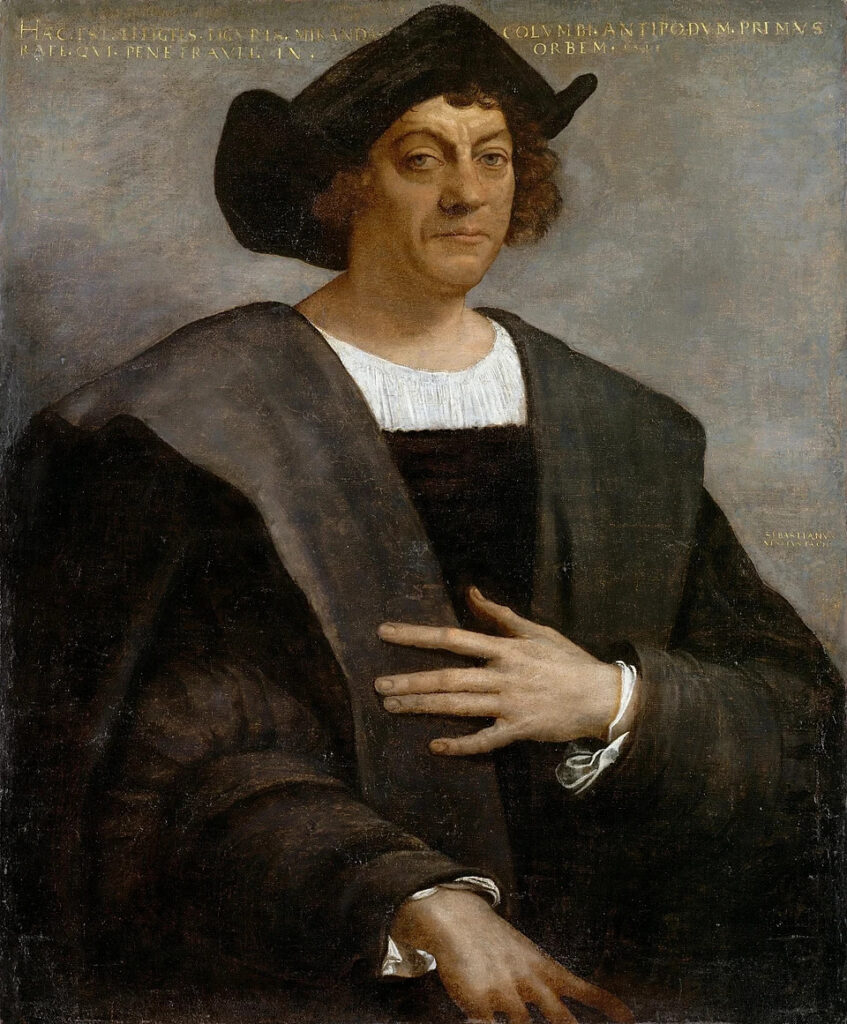
Sailing for Spain in 1492, Columbus crossed the Atlantic and reached Caribbean islands, believing he was near Asia. His voyages linked Europe and the Americas, launching an era of exchange, migration, and colonization. The impact was huge, bringing new foods and ideas but also disease and conquest that harmed Indigenous peoples. Learning about Columbus helps teens see how exploration can spark opportunity and loss at the same time. His journeys reshaped global history and still inspire debate about legacy and memory.
4. Ferdinand Magellan
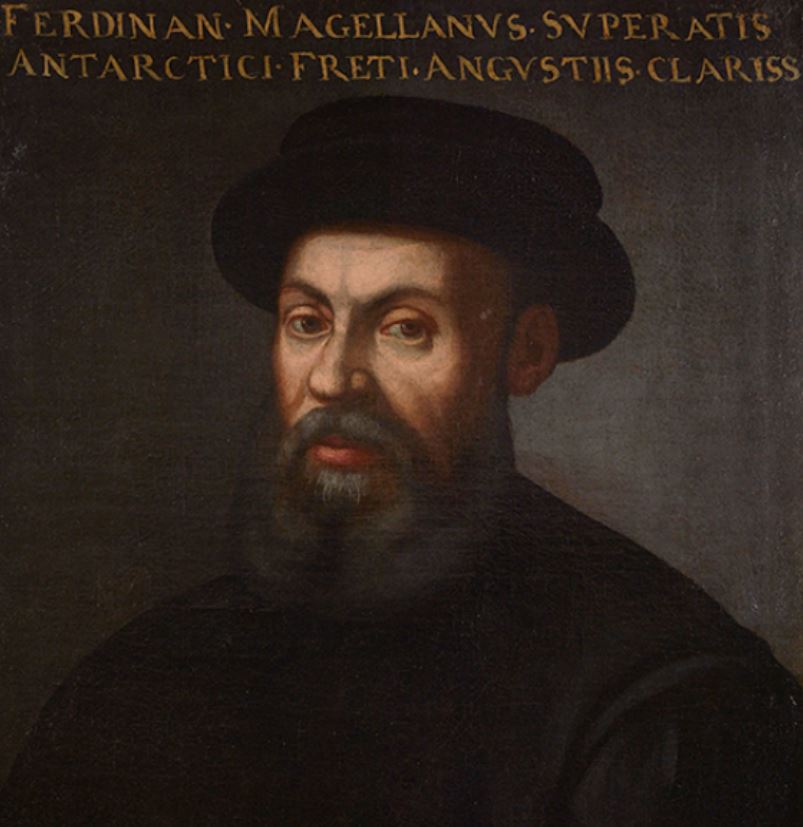
Magellan set out in 1519 to find a western route to Asia. He was killed in the Philippines, yet his crew, led by Juan Sebastian Elcano, completed the first circumnavigation in 1522. The voyage proved the oceans were connected and the planet could be sailed around. It revealed the true size of Earth and the risks of long sea travel. Storms, scurvy, and conflict tested the fleet, but charts and logs changed navigation forever. The expedition remains a landmark in global exploration.
5. Zheng He
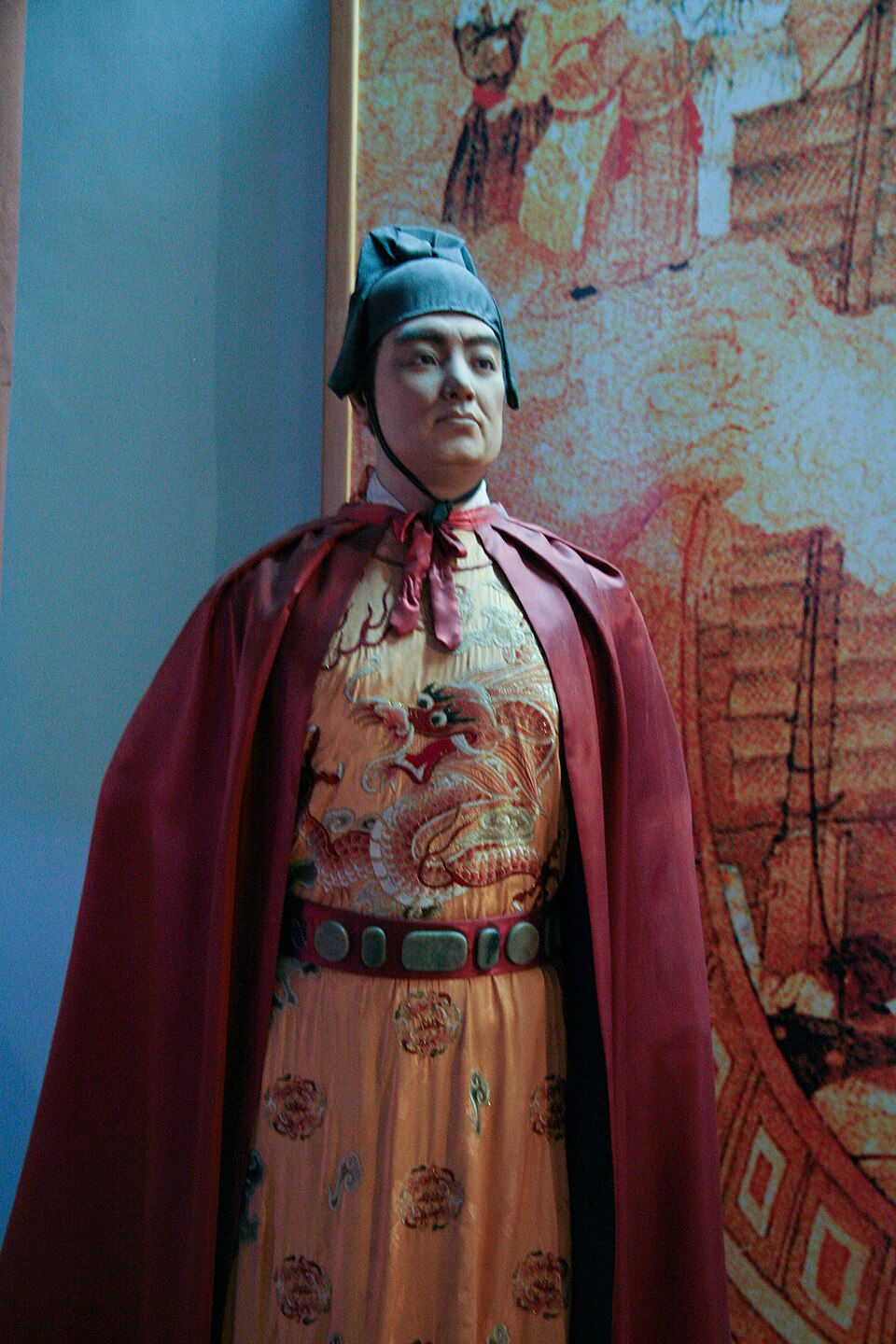
During the early 1400s, Admiral Zheng He led vast Chinese fleets across the Indian Ocean. His treasure ships reached ports from Southeast Asia to East Africa, carrying gifts, skilled crews, and ambassadors. The voyages showed advanced shipbuilding, careful navigation, and a goal of building relationships rather than conquest. They mapped sea lanes and shared knowledge about winds, currents, and cultures. Though the program later ended, records of these journeys reveal a powerful moment of global connection well before European ocean empires rose.
6. James Cook
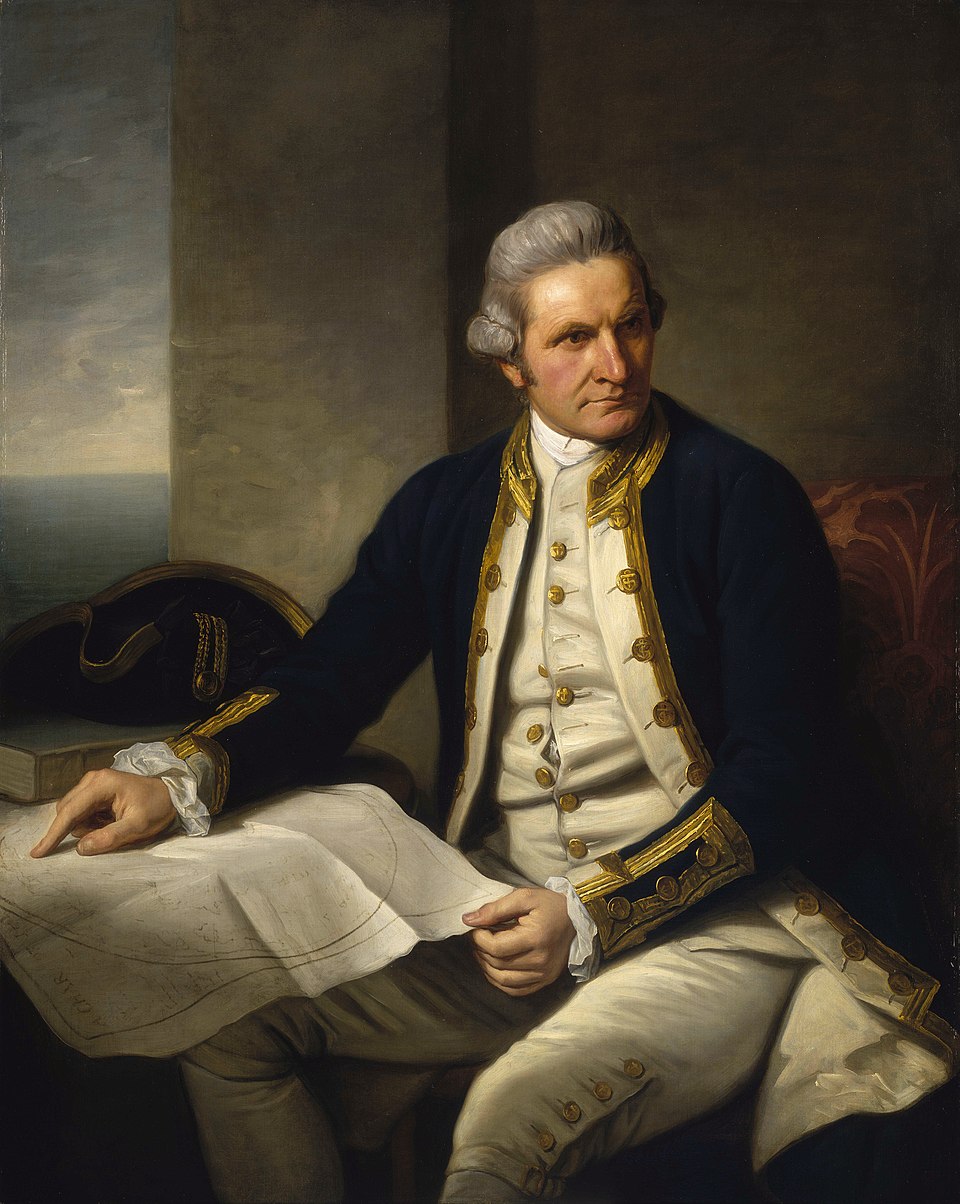
James Cook explored the Pacific in the late 1700s, charting coastlines of New Zealand, Australia, and many islands. His crews used the best tools of the day to map with great accuracy and to track health at sea. Cook’s visits brought science and detailed charts, but also conflict and disease that hurt local communities. He died in Hawai‘i in 1779 after tensions turned violent. His voyages shaped modern maps and helped launch Pacific research, navigation, and weather studies used today.
7. Marco Polo

Marco Polo was a Venetian traveler whose journey to Asia in the 1200s produced a famous book that stirred European curiosity. He described grand cities, trade networks, and ideas that challenged readers back home. While some details are debated, his account expanded knowledge of routes that later explorers and merchants tried to follow. Teens can see how stories, not just ships, can spark exploration. Polo’s legacy shows the power of travel writing to shift goals, plans, and the dreams of future expeditions.
8. Matthew Henson
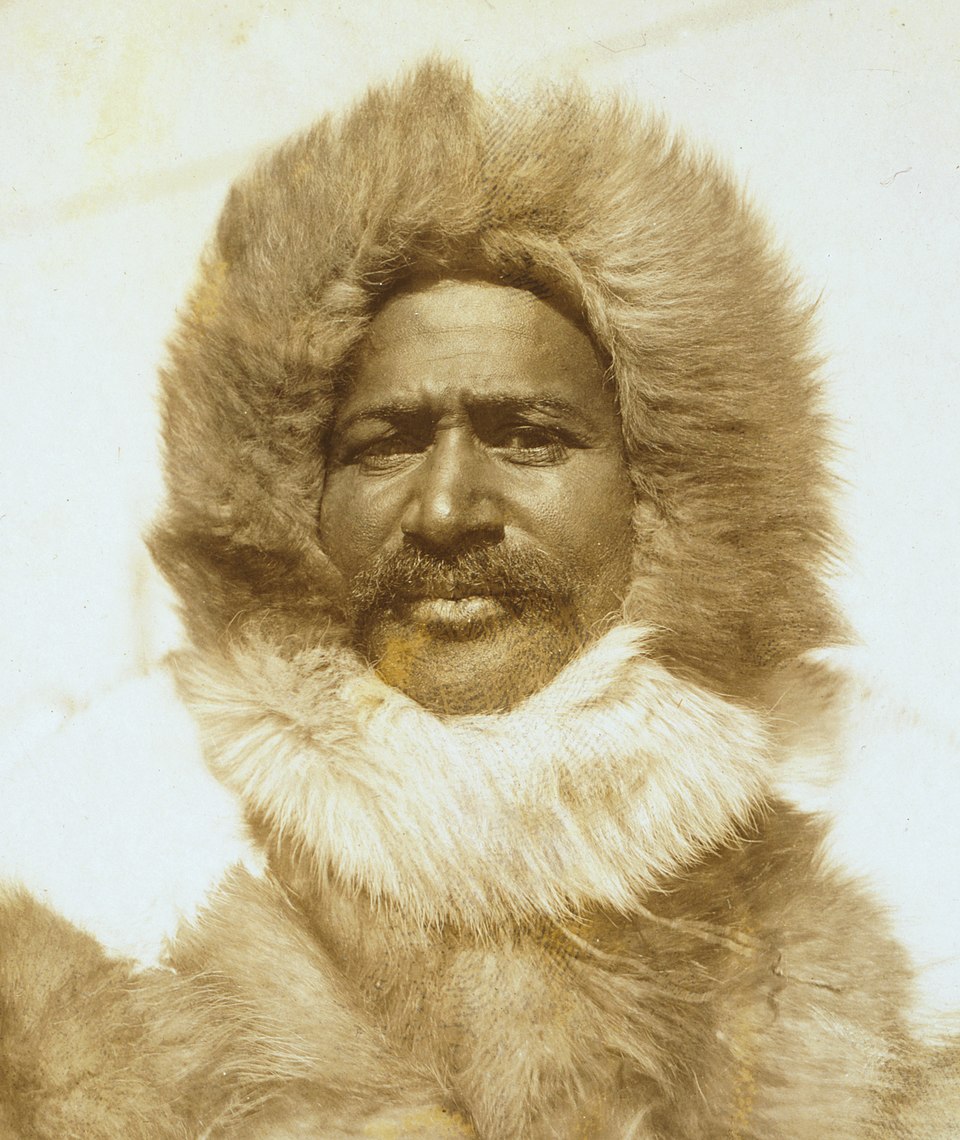
Matthew Henson grew up in Maryland and became a skilled Arctic explorer and navigator. In 1909 he was a key member of the team that claimed the North Pole, and many accounts say he reached the point first on the ice. Henson learned from Inuit experts, mastered dog sled travel, and built trust across harsh conditions. For years his role was overlooked, but today he is honored as a pioneer of polar exploration. His story highlights teamwork, training, and respect for local knowledge.
9. Amelia Earhart
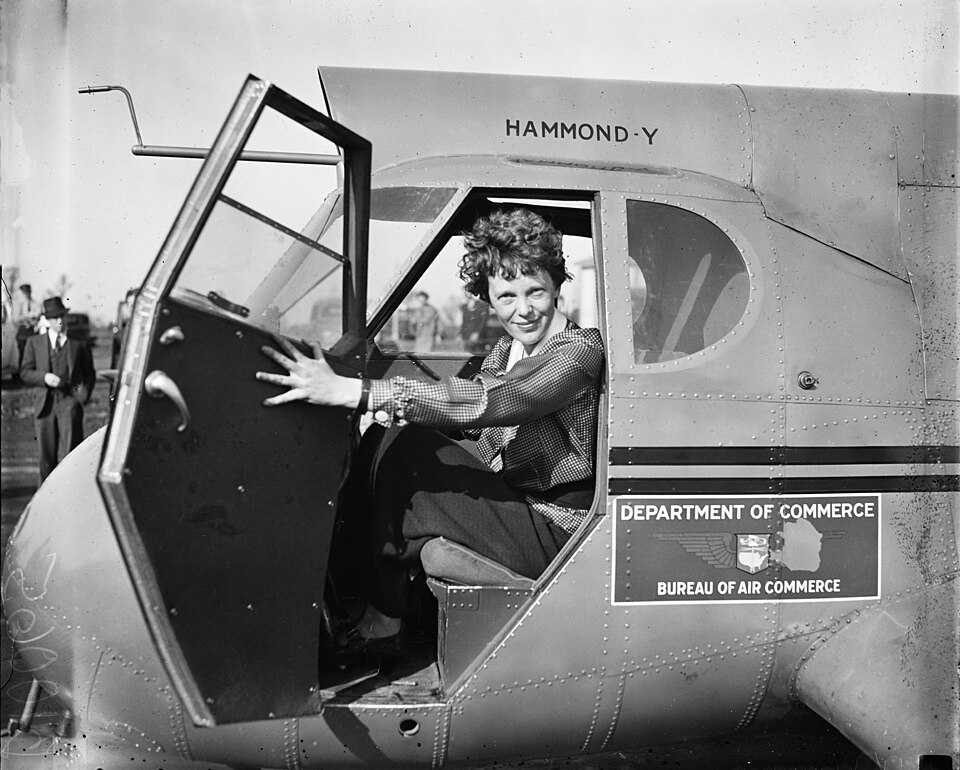
Amelia Earhart set records in the 1930s and inspired generations by proving long range flight was possible and practical. In 1932 she became the first woman to fly solo across the Atlantic, showing stamina and skill over cold seas and rough air. She promoted weather study, navigation training, and equal access to aviation. Earhart disappeared in 1937 during a global flight attempt, a mystery that endures. Her legacy lives on in flight schools, science programs, and the belief that bold goals can change lives.
10. John Wesley Powell

Civil War veteran John Wesley Powell led daring expeditions through the American West, including the first recorded boat journey through the Grand Canyon in 1869. With one arm, he charted rapids, recorded geology, and gathered Native knowledge along the Colorado River. Powell later urged water planning suited to dry lands, an idea that guides western policy today. His careful notes and maps helped turn a blank space on many maps into a known landscape for science, safety, and conservation.
11. Jacques Cousteau
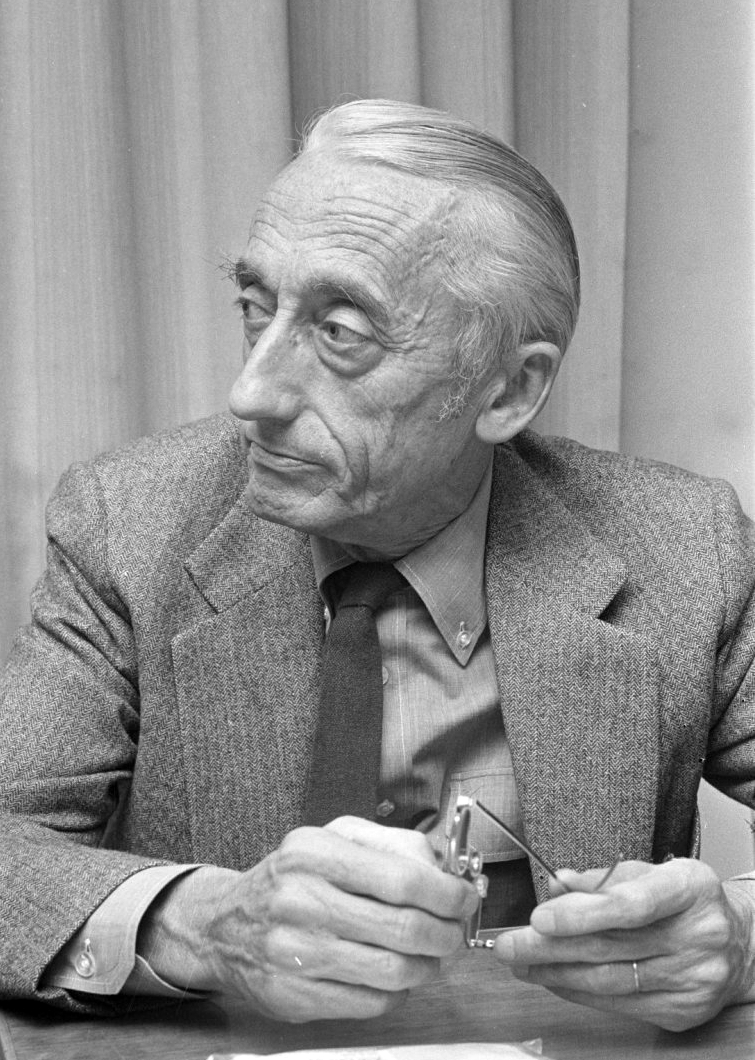
Jacques Cousteau opened the underwater world to millions. He co developed early scuba gear and filmed vivid documentaries that revealed reefs, shipwrecks, and deep sea life. His research ship Calypso carried scientists who studied oceans with cameras, lights, and new tools. Cousteau turned complex science into stories that kids and adults could understand. He also campaigned for cleaner seas and marine parks. Modern divers, ocean drones, and nature shows all trace roots to his mix of technology, education, and care for the water.
12. Neil Armstrong
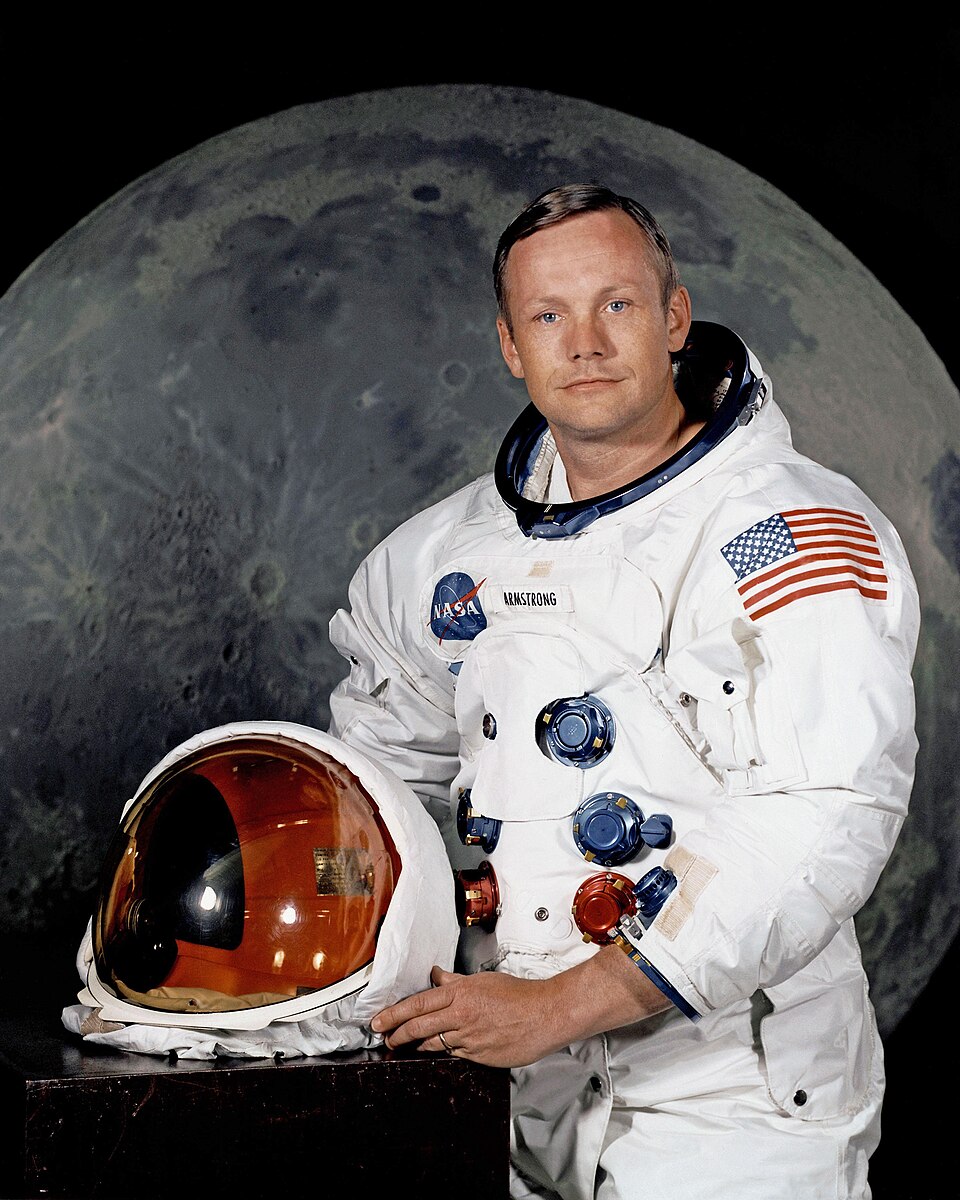
On July 20, 1969, Neil Armstrong became the first human to step onto the Moon during Apollo 11. His small step required huge teamwork on Earth, from engineers to flight controllers and astronauts. Precise navigation, computer guidance, and steady nerves made the landing possible. Armstrong’s calm words and careful work showed how exploration had moved from wooden ships to spacecraft. His flight opened new science about the Moon and inspired careers in engineering and space that still shape American life.
